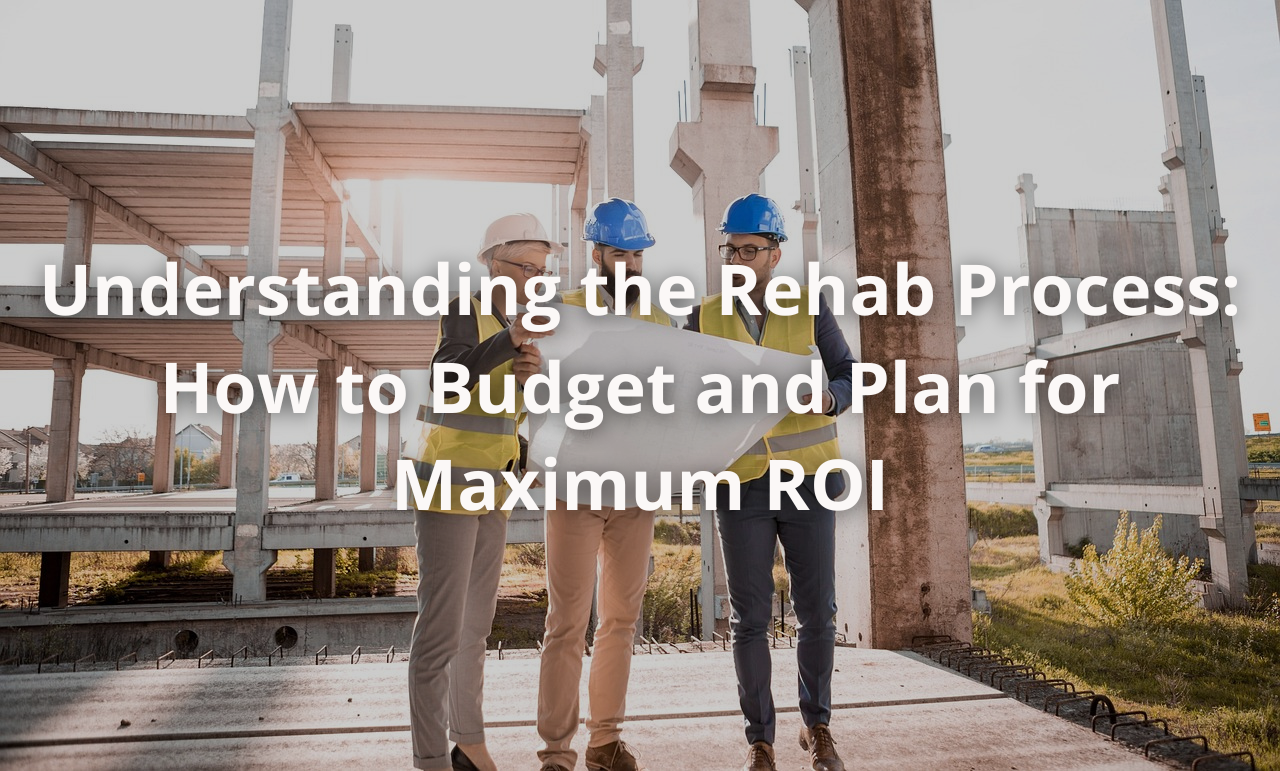When it comes to real estate investing, the rehab process can be a game-changer. Whether you’re flipping houses or renting out properties, a well-executed rehab can significantly boost your ROI (Return on Investment). But to achieve this, you need a clear strategy and a precise budget. Let’s break down how to approach the rehab process to maximize your profits and minimize risks.
Step 1: Set Clear Investment Goals
Before you dive into any rehab project, define your investment goals. Are you planning to flip the property quickly for a profit? Or do you want to hold onto it as a rental to generate steady cash flow? Your strategy will influence the type of rehab you undertake. For example:
- Flippers often prioritize cosmetic upgrades that make the property market-ready fast.
- Buy-and-hold investors may focus on durable improvements to reduce long-term maintenance costs.
Understanding your goals will help you allocate your budget effectively and avoid unnecessary expenses.
Step 2: Conduct a Detailed Property Inspection
A thorough inspection is critical to uncover hidden issues that could derail your project. Hire a licensed inspector to assess the property’s condition, focusing on:
- Structural integrity (foundation, walls, roof)
- Electrical and plumbing systems
- HVAC units
- Potential water damage or pest infestations
Use the inspection report to create a list of necessary repairs. This will serve as the foundation for your rehab plan.
Step 3: Prioritize Repairs and Upgrades
Not all repairs are created equal. To maximize ROI, focus on improvements that offer the best bang for your buck. Here are some high-impact areas to consider:
- Kitchen and Bathrooms
- Curb Appeal
- Energy Efficiency
- Safety and Code Compliance
Step 4: Create a Realistic Budget
Budgeting is where many investors falter. A detailed budget should include:
- Labor Costs: Research local contractor rates to avoid overpaying.
- Material Costs: Balance quality and cost by sourcing materials from trusted suppliers.
- Permits and Fees: Don’t overlook the cost of obtaining necessary permits.
- Contingency Fund: Set aside 10-15% of your budget for unexpected expenses.
Step 5: Plan the Timeline
Time is money in real estate investing. The longer your property sits idle, the more holding costs (e.g., mortgage payments, insurance, and utilities) you’ll incur. Work with your contractor to establish a realistic timeline, and monitor progress to ensure the project stays on track.
Step 6: Work with Reliable Contractors
Hiring the right contractor can make or break your rehab project. Look for professionals with:
- Solid references and a proven track record
- Proper licensing and insurance
- Clear communication skills and transparency in pricing
Avoid the temptation to go with the lowest bid—cheap contractors often cut corners, leading to higher costs in the long run.
Step 7: Track Your Expenses and ROI
Throughout the rehab process, track every expense to ensure you’re staying within budget. Once the project is complete, calculate your ROI to assess whether the investment met your expectations. Here’s a simple formula to use:
Net profit is your selling price or rental income minus the purchase price, rehab costs, and other expenses.
How Capital Elite Estates Can Help You Succeed
At Capital Elite Estates, we understand the challenges of managing a successful rehab project. That’s why we offer a range of services designed to simplify the process and maximize your returns. From sourcing exclusive, off-market properties to providing detailed market analyses, we’re here to support you every step of the way.
Ready to take your real estate investment strategy to the next level? Let’s partner up and achieve your goals together. Visit capitaleliteestates.com to learn more and explore our tailored solutions for investors like you.
